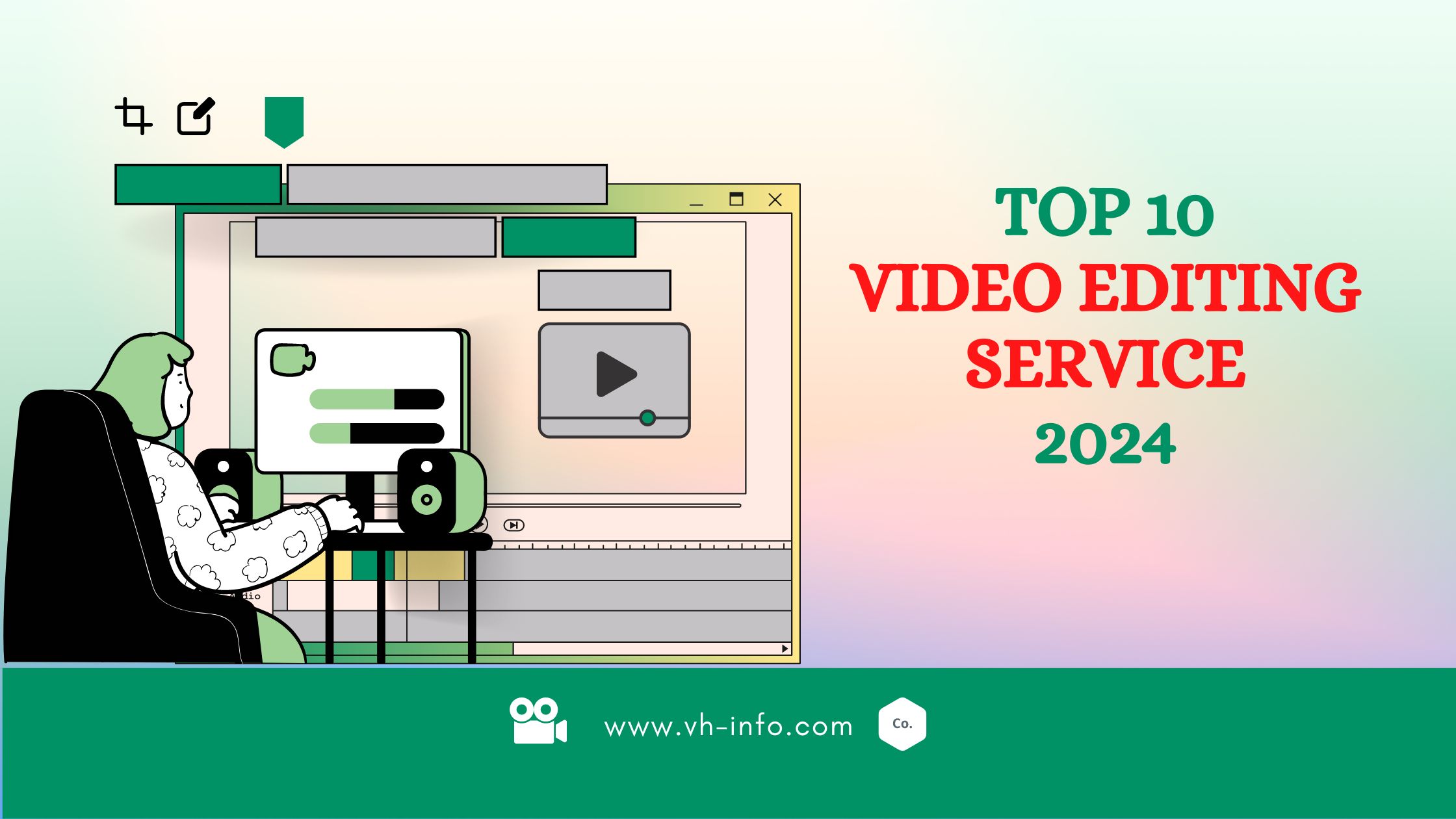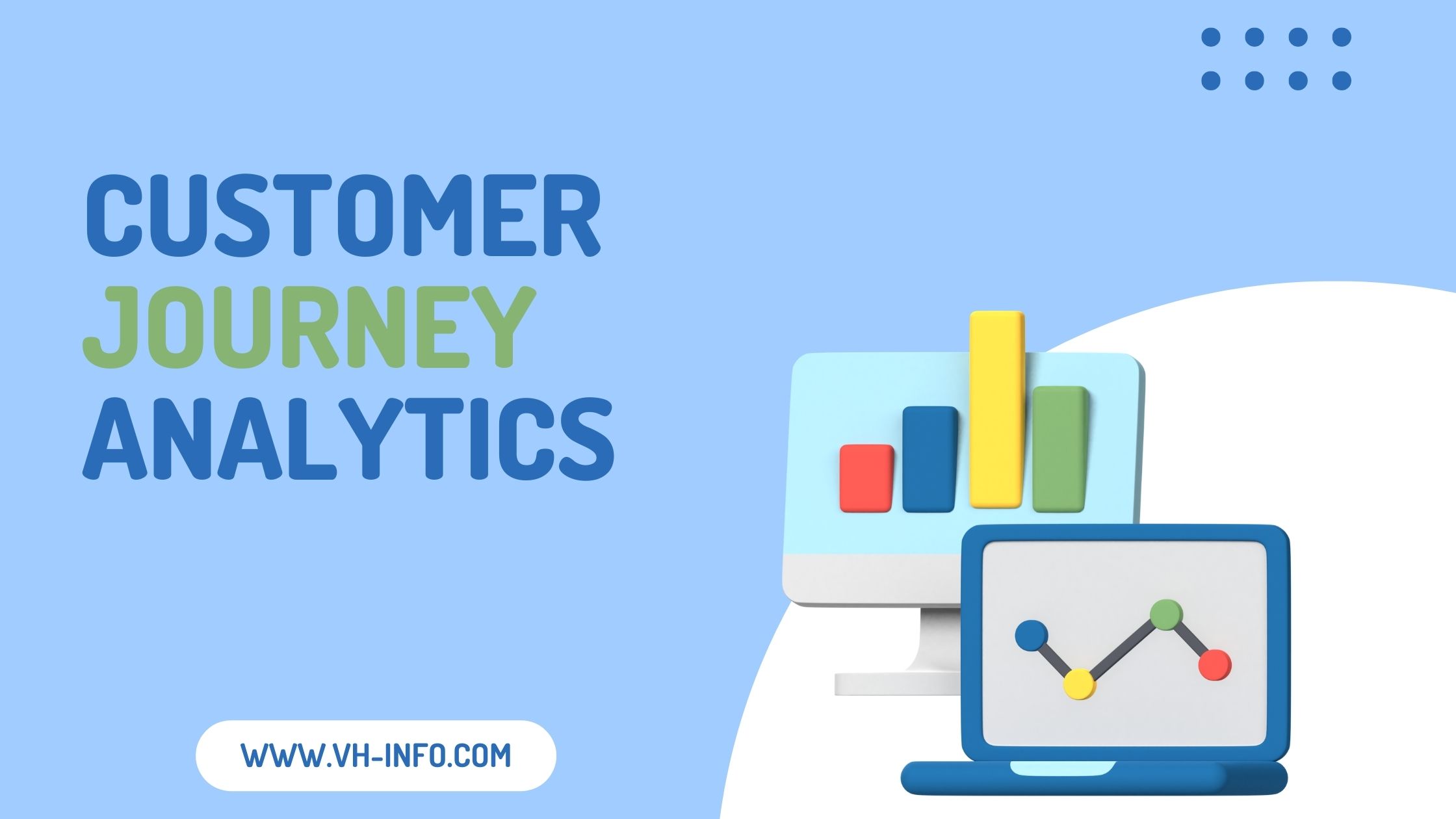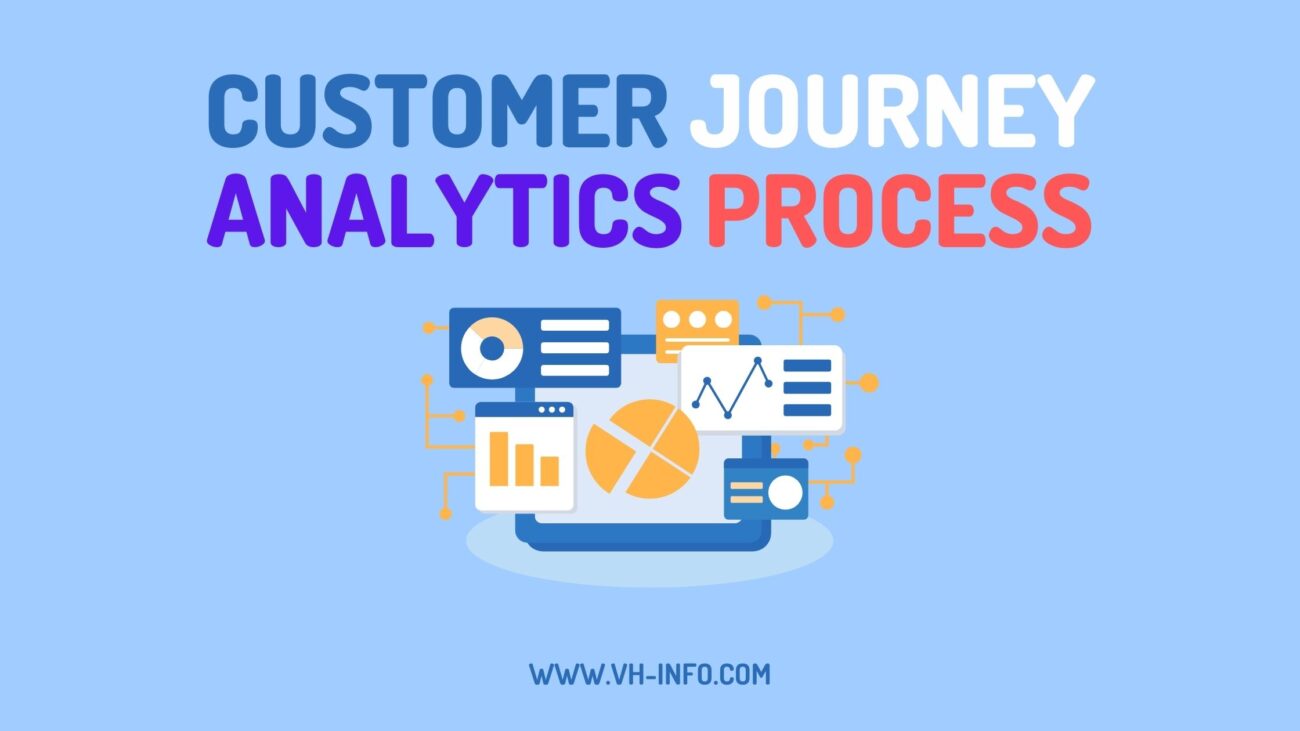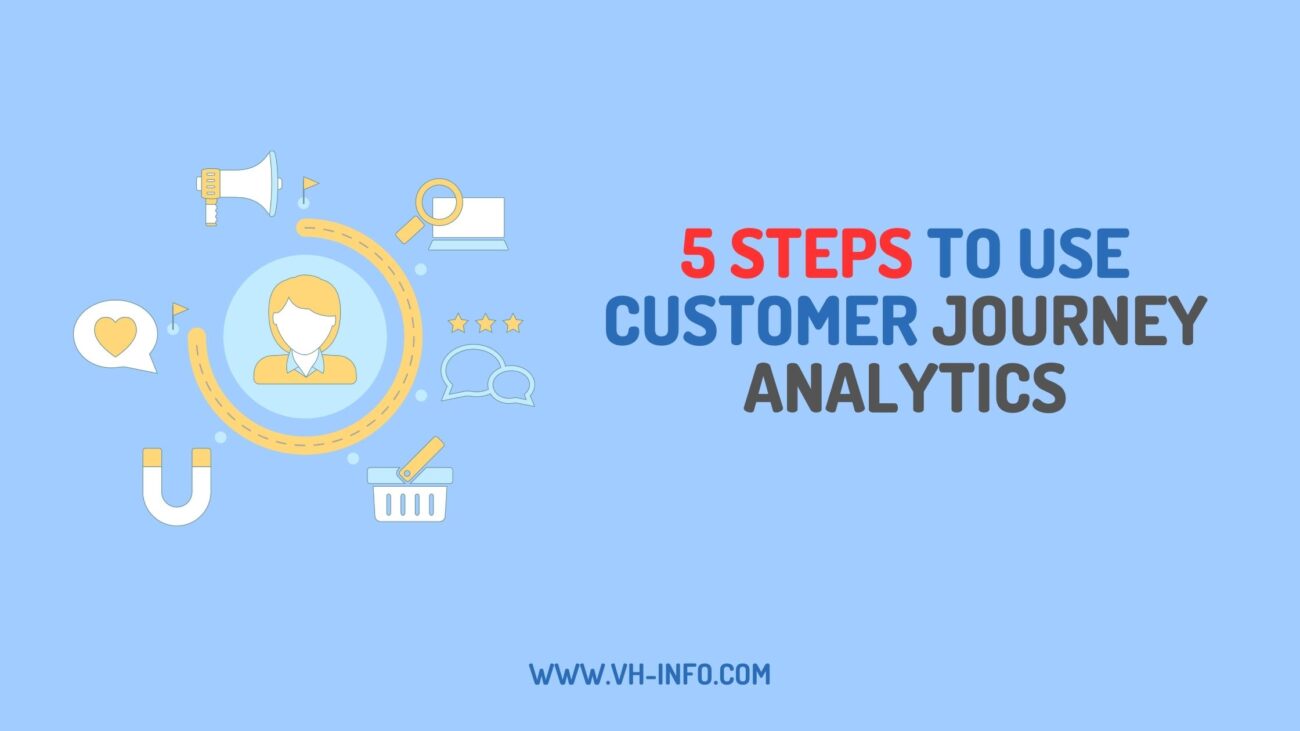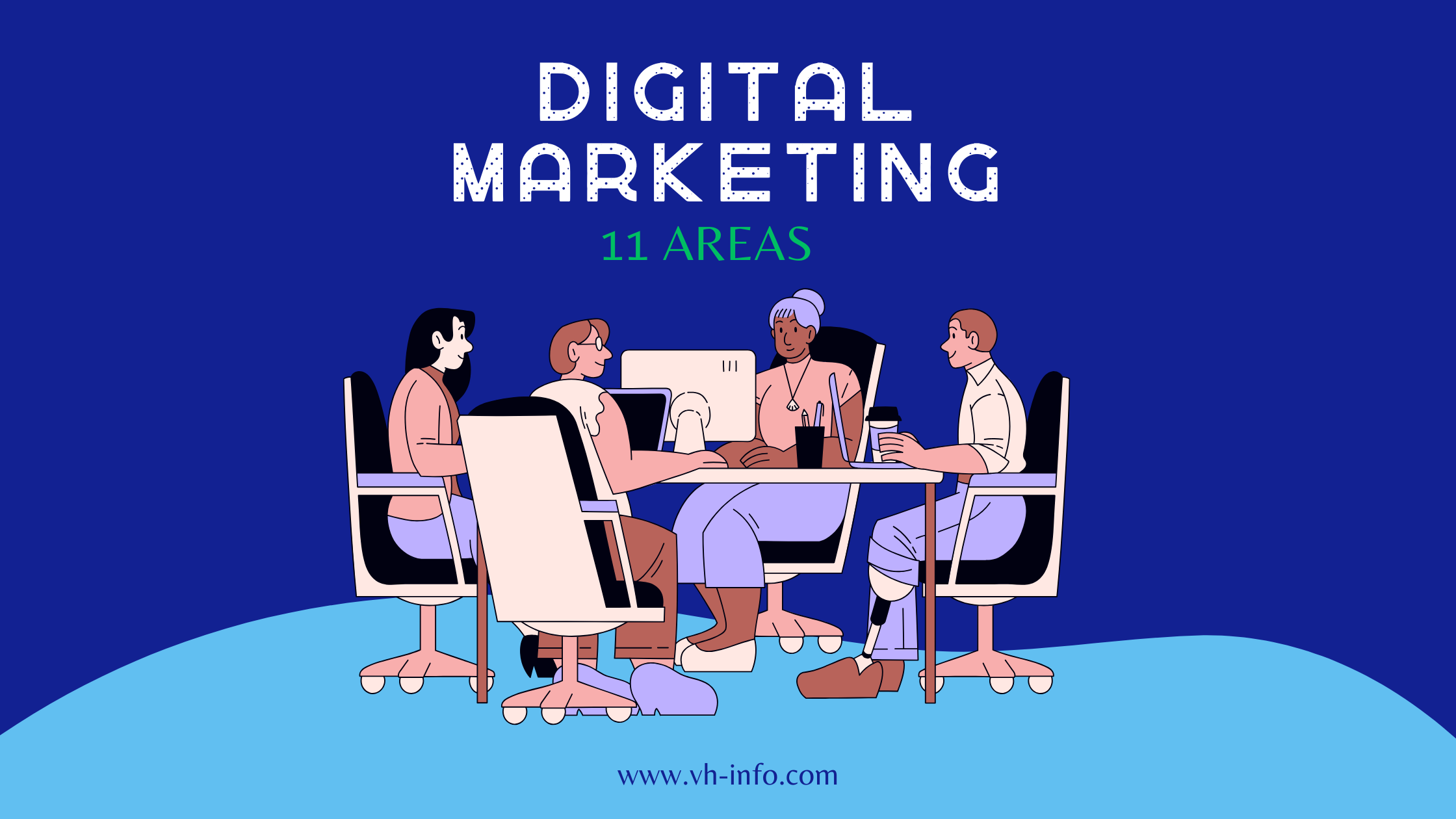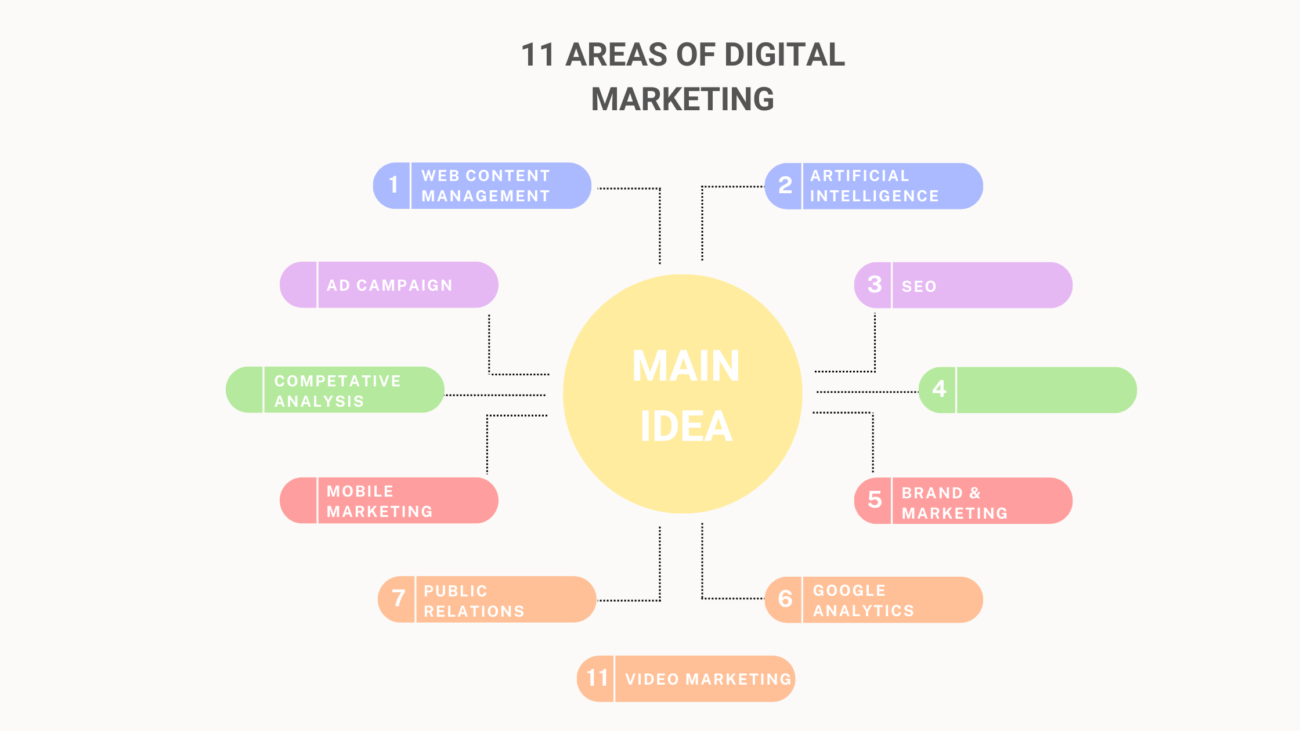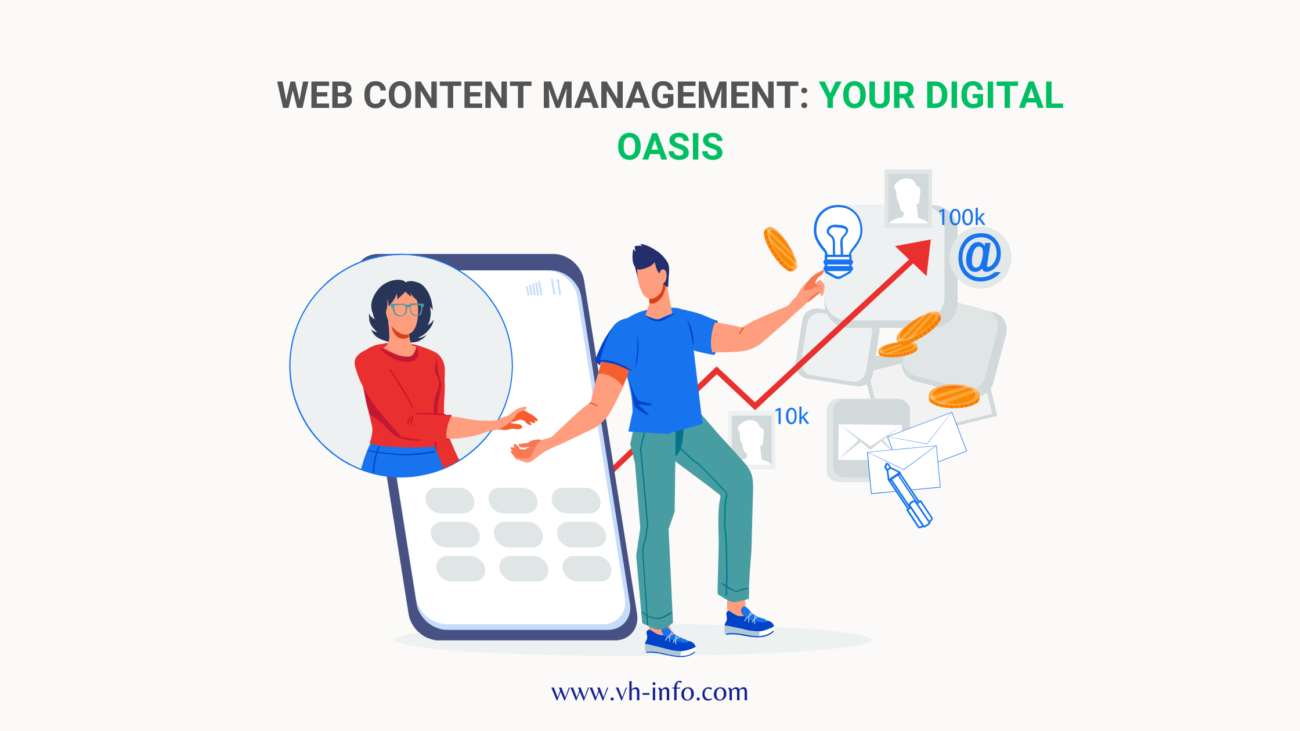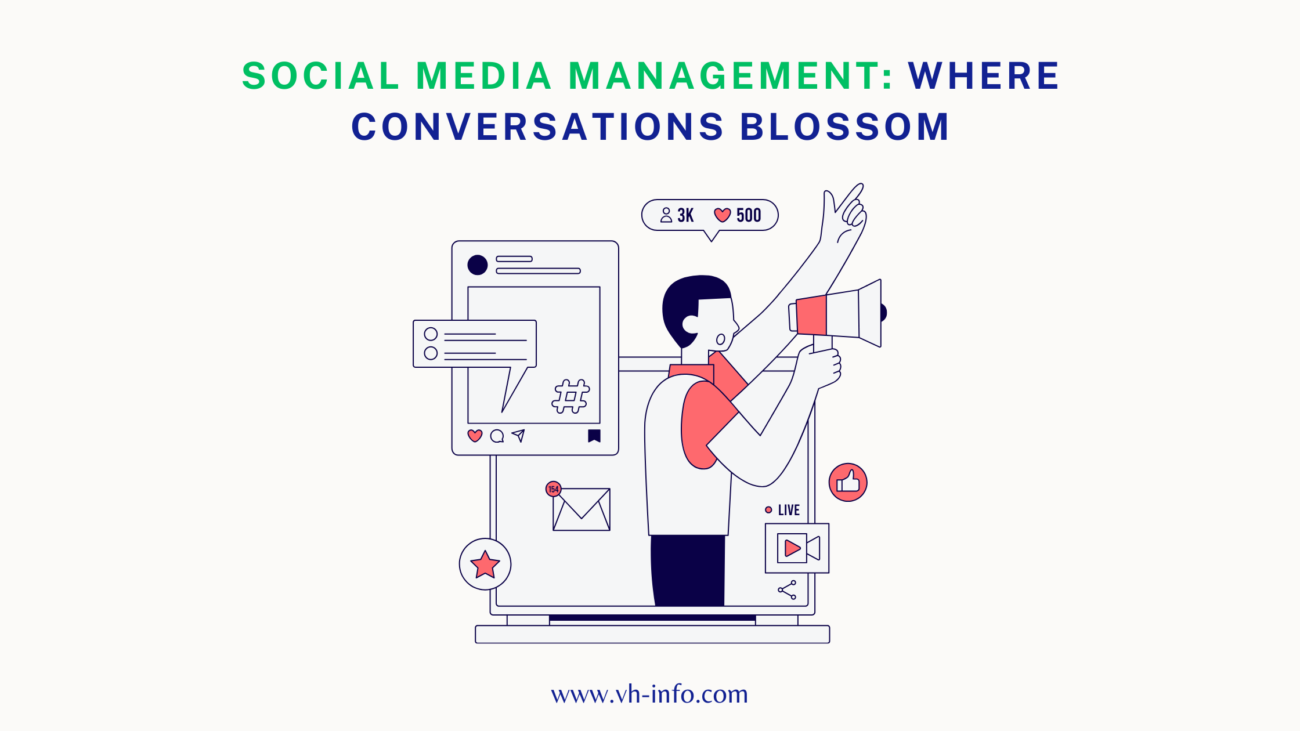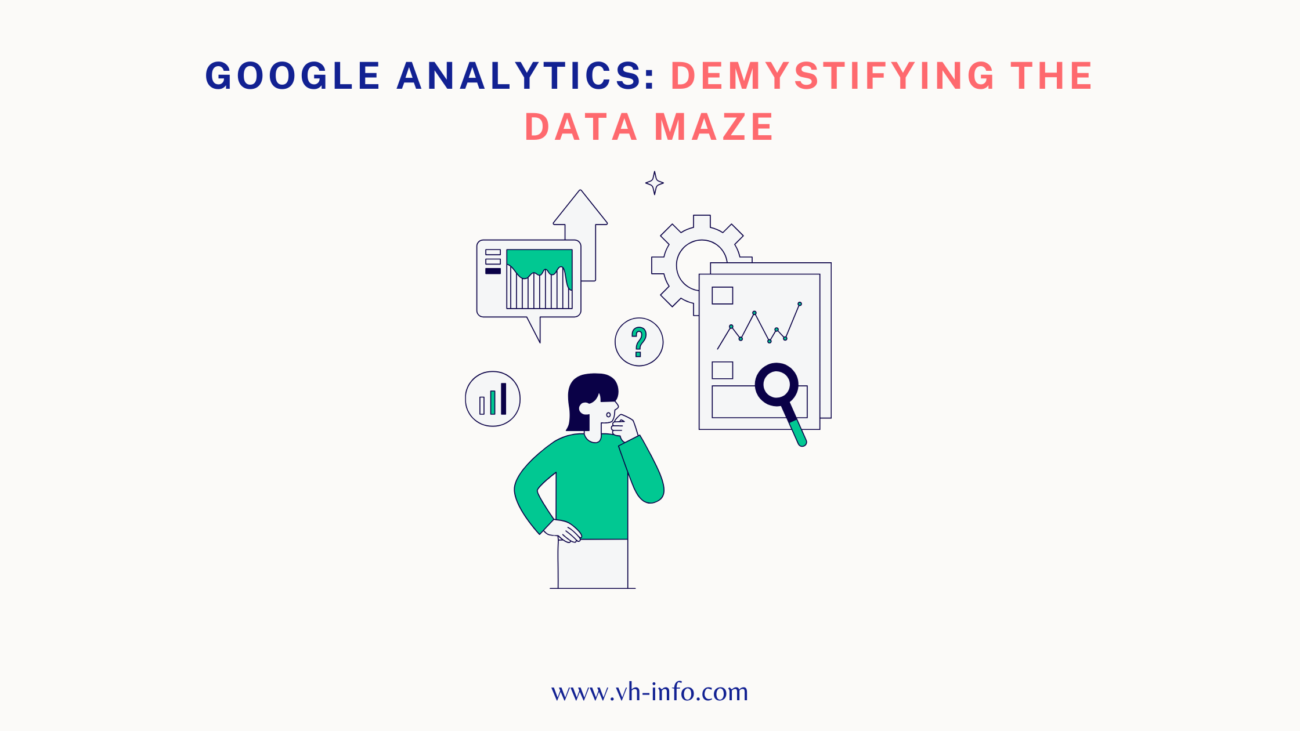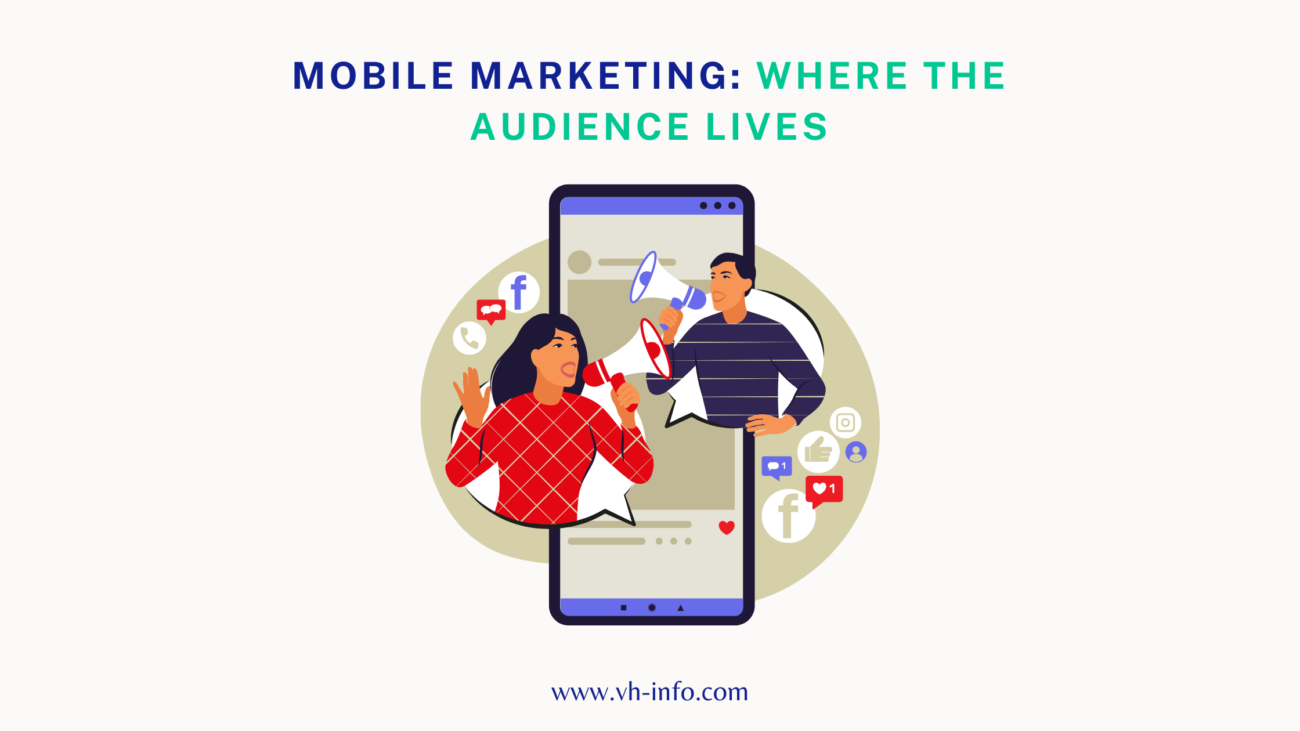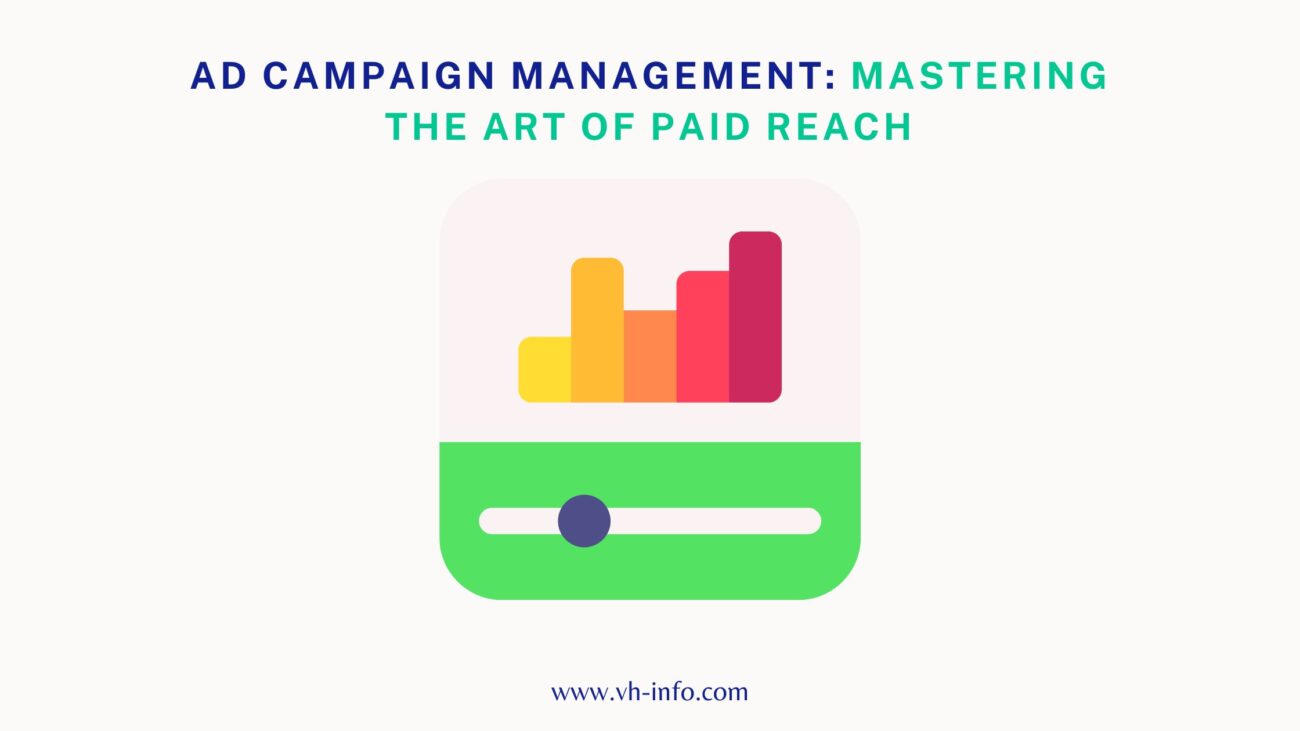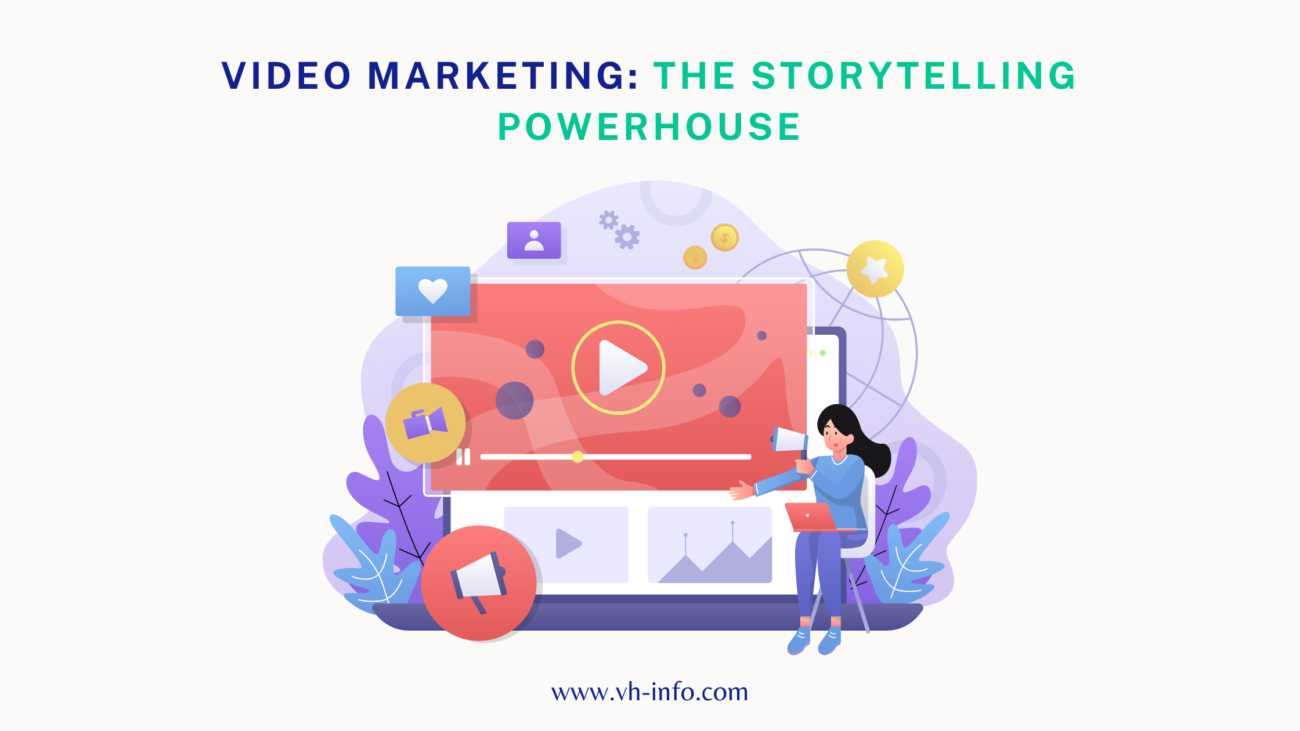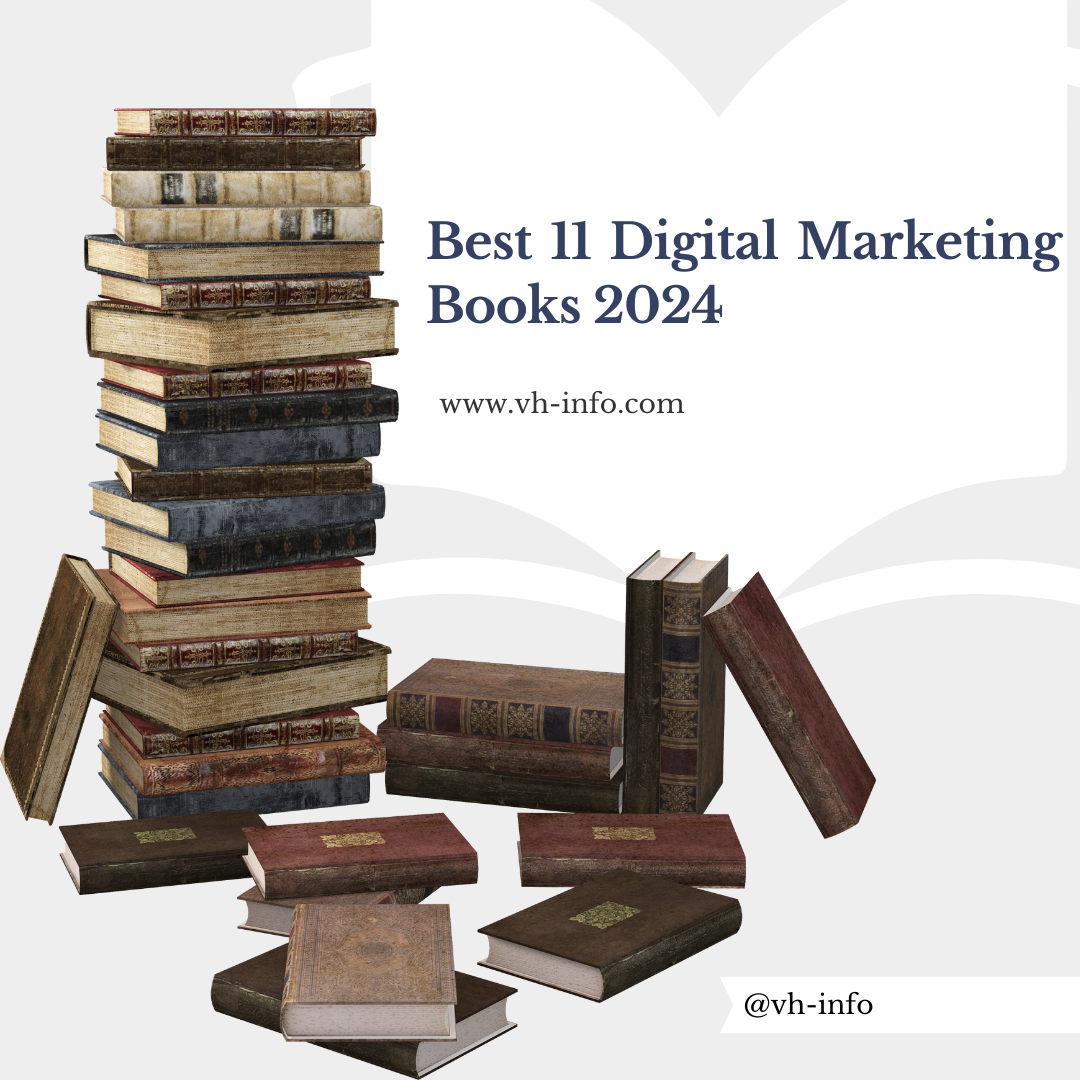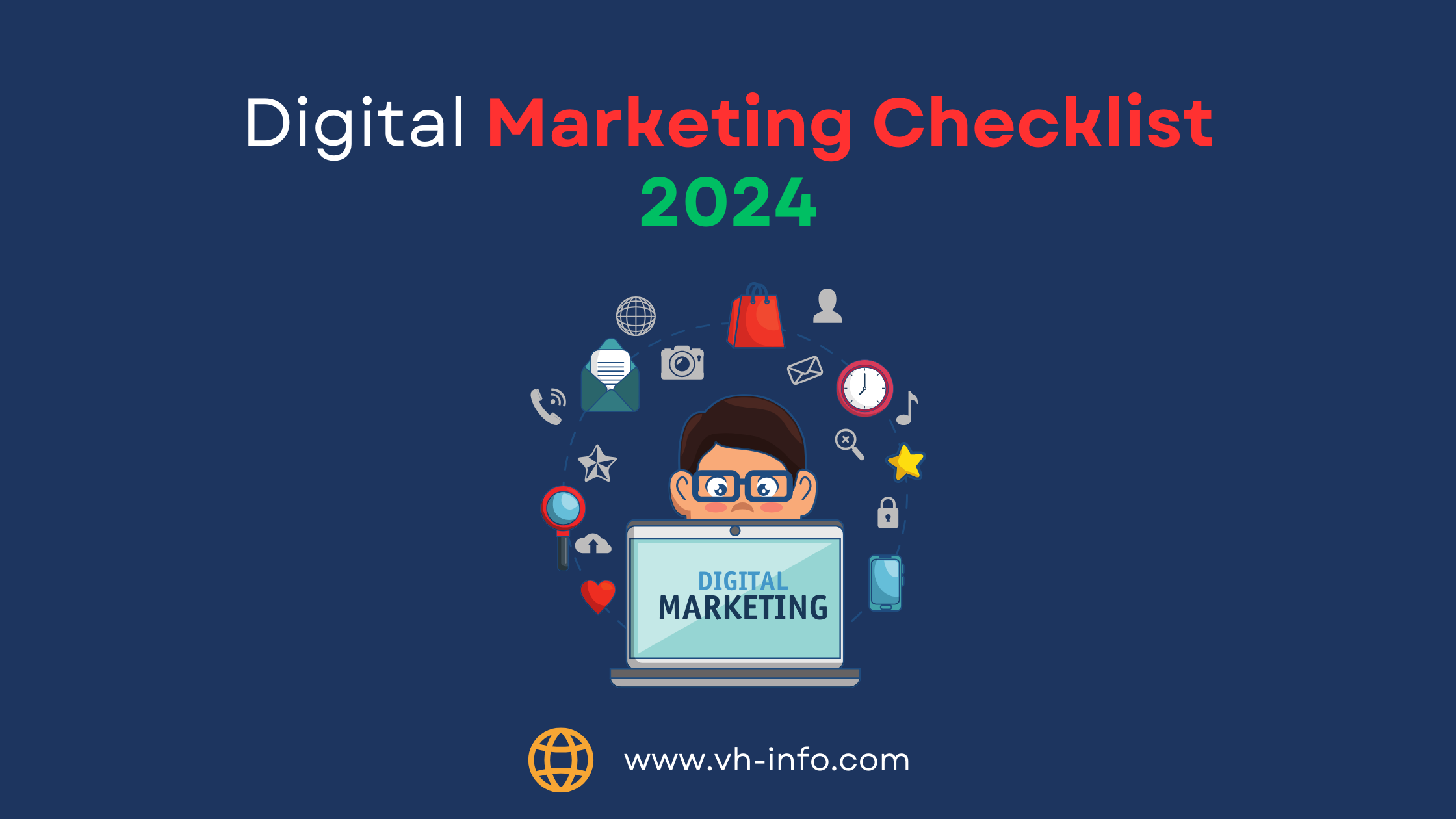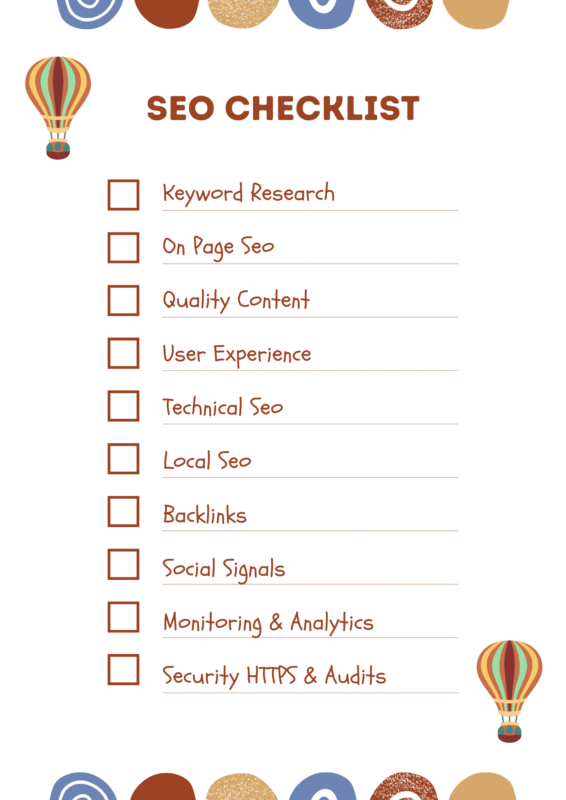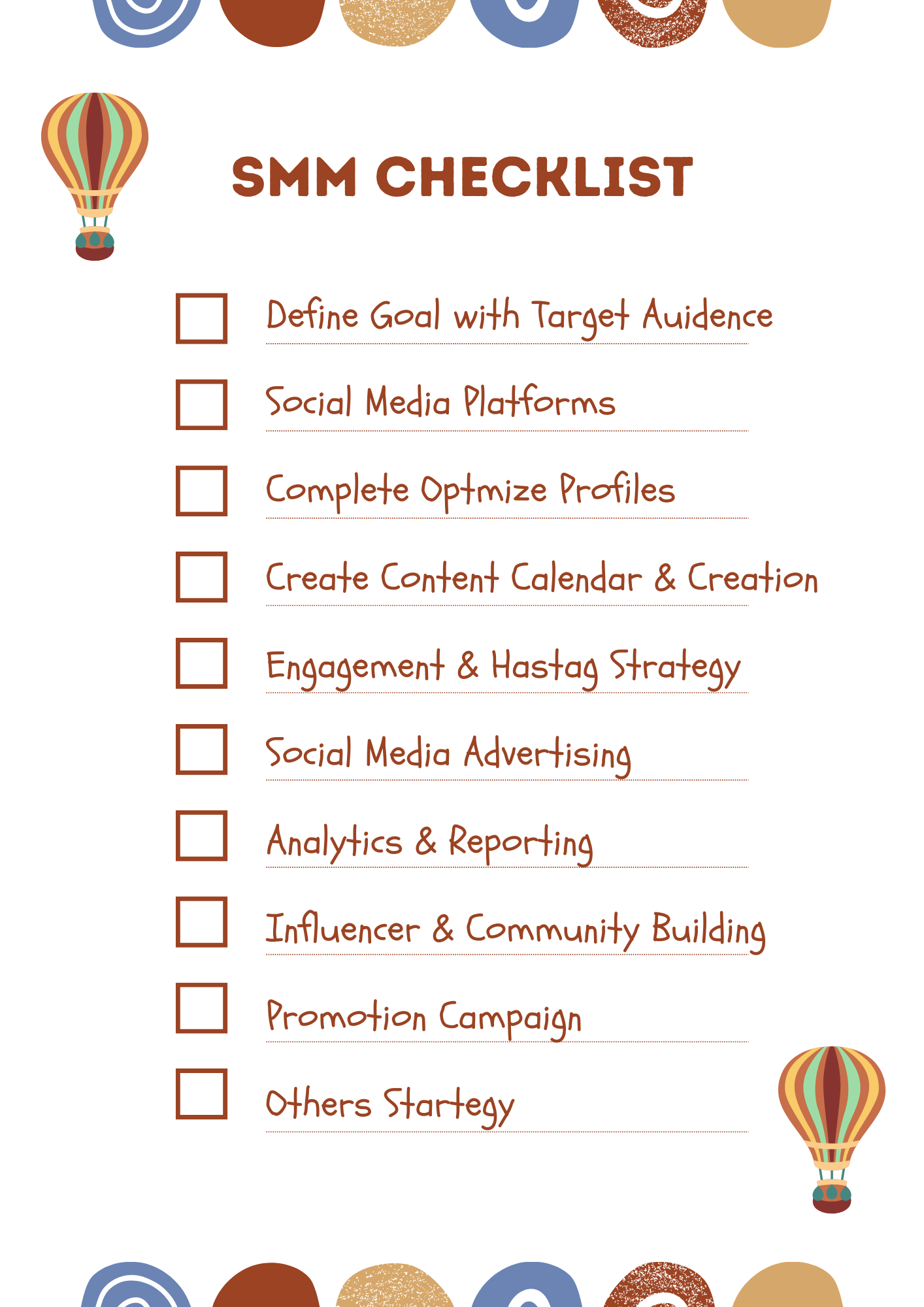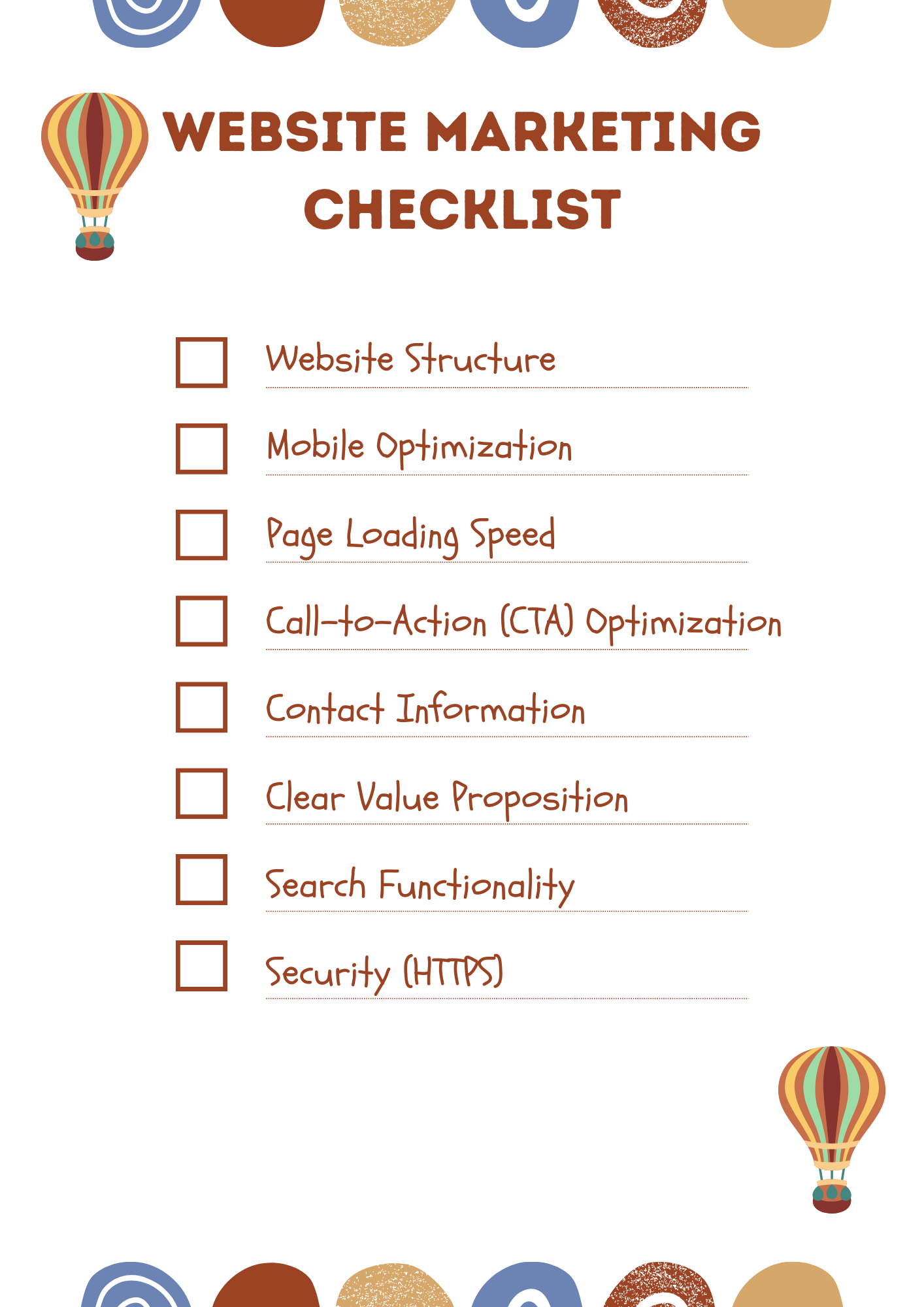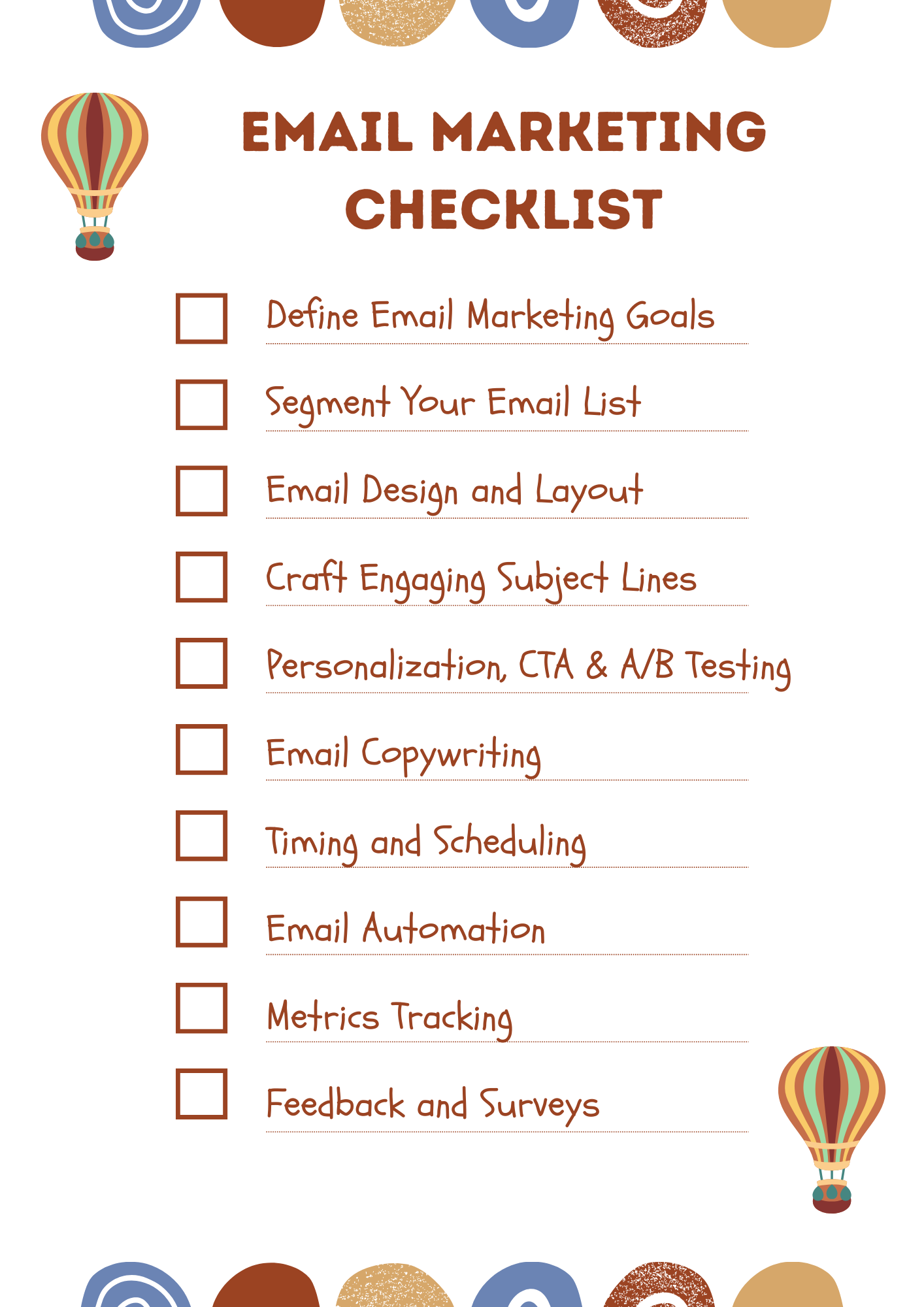In today’s hyper-competitive digital landscape, staying ahead of the curve is crucial. That’s where the wisdom of experienced marketers, distilled into insightful books, comes in. vh-info, a leading link building agency, understands the power of knowledge and is proud to present the ultimate reading checklist for digital marketing masters in 2024.
Forget endless scrolls of blog posts! This curated selection of 11 must-read books dives deep into strategies, tactics, and mindsets that will transform your approach.
What is the Best book for your digital marketing 2024 ?
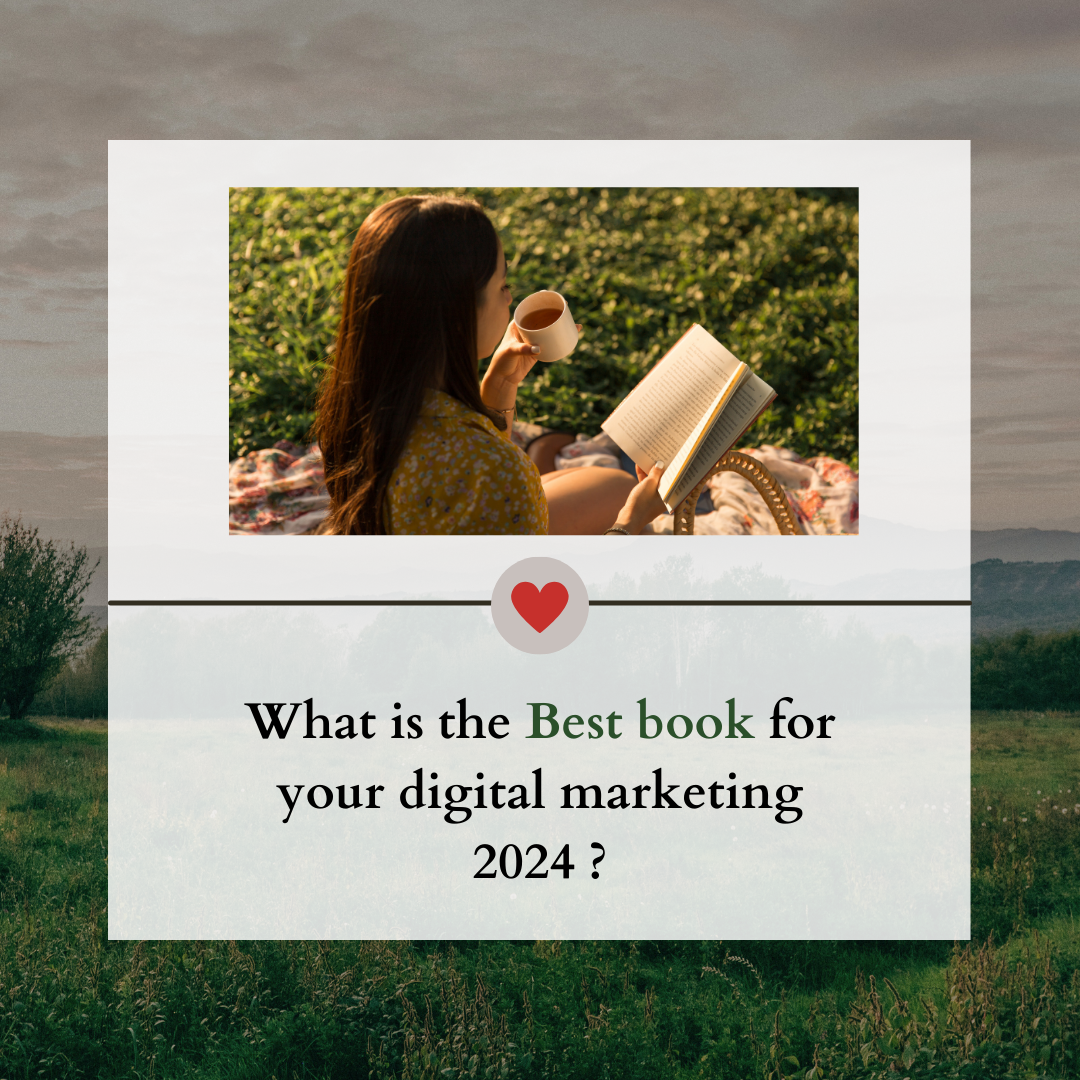
It’s not quite true that everyone reads digital marketing books, but they are certainly popular among people working in that field, and for good reasons! Here are some of the key motivations for reading digital marketing books.
It’s important to remember that reading books alone won’t make you a successful digital marketer. You need to apply what you learn and gain practical experience. However, using a reading tracker can be a powerful tool for accelerating your learning, broadening your understanding, and staying ahead of the curve in this fast-paced field.
So, while not everyone reads digital marketing books, there are numerous compelling reasons why many people in the field find them valuable. Consider your own goals and areas of interest within digital marketing to see if picking up a book might be the right step for you.
Remember, there are many different digital marketing books available, so it’s important to choose ones that are relevant to your interests and needs.
Best 11 Digital Marketing Books 2024
1. Hooked : How to Build Habit-Forming Products

It is a popular book written by Nir Eyal. That delves into the psychological and technological mechanisms behind products that capture our attention and form habits. Whether you’re a product designer, marketer, entrepreneur, or simply curious about technology’s influence on our behavior.
Success in marketing is sometimes not the effort of marketing. In fact some fastest growing brands are the result of word of mouth, vision of brand etc. But how is that possible to grow a successful brand with one word?
Forget pushing, start pulling. The best marketing doesn’t shout, it resonates. Forget chasing customers, create products so compelling they chase each other. Turn users into loyal advocates: the longer they stay, the stronger their voice, the wider your reach. It’s a snowball effect powered by passion, not advertising dollars, where satisfied customers become your most effective marketing channel.
2. Breakthrough Advertising

Breakthrough Advertising is one of the popular books, especially for ad runners or influential. This book was written by Eugene M. Schwartz in 1996.
This book, hailed by founders and marketers for its wealth-building potential, dives deep into the psychology of customer awareness, offering practical guidance on crafting effective marketing messages that resonate.
This book reads more like a reference tome than a gripping narrative. While valuable for its dense information, its weightiness often led me to pause and take notes instead of being swept away by the prose.
3. Blue Ocean Strategy

Blue ocean strategy is a successful and most useful strategy. It’s written by W. Chan Kim and Renée Mauborgne. The book explains based on go-to-market strategy.
The book is similar to Play Bigger, the Blue Ocean Strategy challenges the traditional view of competition and proposes a framework for creating new market spaces where you can thrive without rivals.
Ditch the zero-sum game and create a market where everyone wins, especially you, with the largest share of the spoils.
4. How to launch a Brand

How to launch a brand is written by Fabian Geyrhalter, and is a must read. If you are looking to start a new startup or helping a new business, branding, naming or positioning this book will help you. It explains step by step guides to build strong brand identification.
While understanding branding may not be crucial for every marketing role, this book stands out as a valuable resource for anyone building a brand, especially for early-stage startups struggling to define and communicate their message. It’s not just for founders – even if you’re not currently crafting your own brand, this book offers timeless insights worth keeping on hand whenever branding conversations arise.
5. The 1-Page Marketing Plan

The 1 Page Marketing Plan book written by Allan Dib. It’s not only a marketing book, it’s a business planning book. Author explained all necessary things like how to make handsome money with acquisition quality customers in high competition.
If you’re grappling with strategic marketing for your startup, look no further than this concise and actionable book. It offers invaluable insights to propel your quarterly planning efforts. Just as businesses need well-crafted strategies to attract the right audience, students and professionals seeking high-quality written content can benefit from structured support. Whether it’s crafting compelling marketing copy or academic papers, a strategic approach ensures the best outcomes. For those needing expertly written content, it’s often a wise choice to hire professional essay writers to ensure clarity, engagement, and effectiveness in their writing.
6. Invisible Influence

In Jonah Berger’s “Invisible Influence,” delve into the hidden forces that subtly shape our beliefs, behaviors, and even our life choices. This book explores the unseen puppeteers pulling the strings of our daily decisions, from the clothes we wear to the careers we pursue.
From everyday purchases to major life decisions, this book uses diverse examples to illuminate the hidden psychology behind consumer behavior.
Marketing professionals and curious minds alike will benefit from the book’s rich tapestry of examples, shedding light on the unseen forces influencing consumer choices.
Jonah Berger’s another popular book, “Contagious: Why Things Catch On,” explores similar themes of social influence and virality, and might be a good alternative if you’re looking for something different.
7. The One Thing.

While Gary Keller’s book, The ONE Thing (co-authored with Jay Papasan), might not be categorized as pure marketing, it delves into the realm of productivity. Though not strictly a marketing manual, The ONE Thing by Gary Keller and Jay Papasan offers practical strategies for boosting your productivity.
While the book’s central idea (finding your key to success) may seem straightforward, its nuanced approach to daily prioritization is what truly resonated with me. This depth, along with its actionable advice, earned it a spot on my list.
Instead of drowning in a sea of details, the book helps you navigate towards a crystal-clear island of strategic focus. It prompts you to reassess your priorities, streamline your efforts, and ultimately achieve more with less. Prepare to shed unnecessary baggage and discover the power of intentional action.
As a busy entrepreneur, I was constantly overwhelmed by endless to-dos. But after reading this book, I implemented its actionable strategies and saw my daily task list shrink like magic. If you’re drowning in work, this book is your lifeline to a more efficient and productive future.
8. The Big Data Driven Business

Move over, ‘growth hacking’! The buzzword in town is data science. Why? Because companies are hungry for deeper understanding. They’re diving into the ocean of data, wielding powerful tools to uncover hidden patterns and unlock growth potential. It’s like having a crystal ball for your business, and the best part? Everyone can learn to read it.
9. Art of SEO
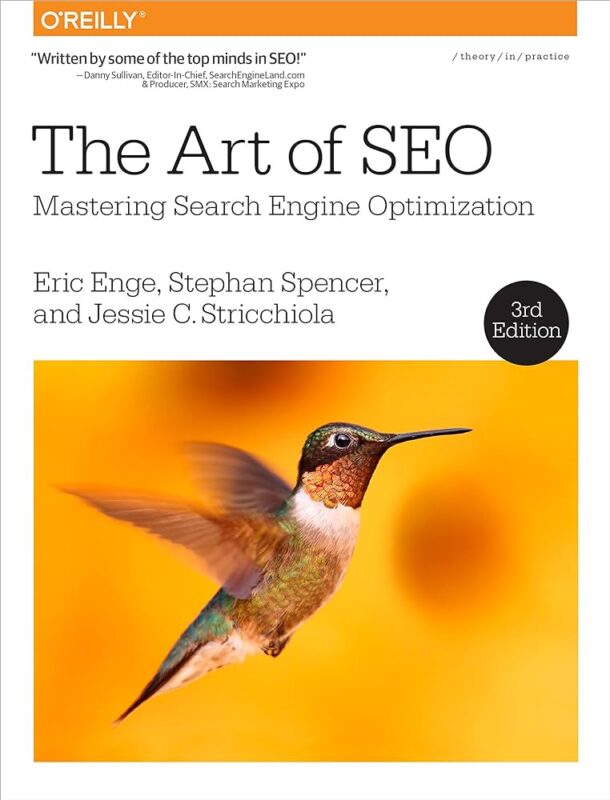
Boost your website’s visibility and attract more qualified traffic with this essential SEO guide. Learn how to optimize your content, build powerful backlinks, analyze key metrics, and assemble a winning SEO team to achieve your online goals.
Don’t judge a book by its cover… especially not this SEO encyclopedia. While intimidating at first glance, it’s the ultimate weapon for conquering search rankings.
10. The Whole Marketer
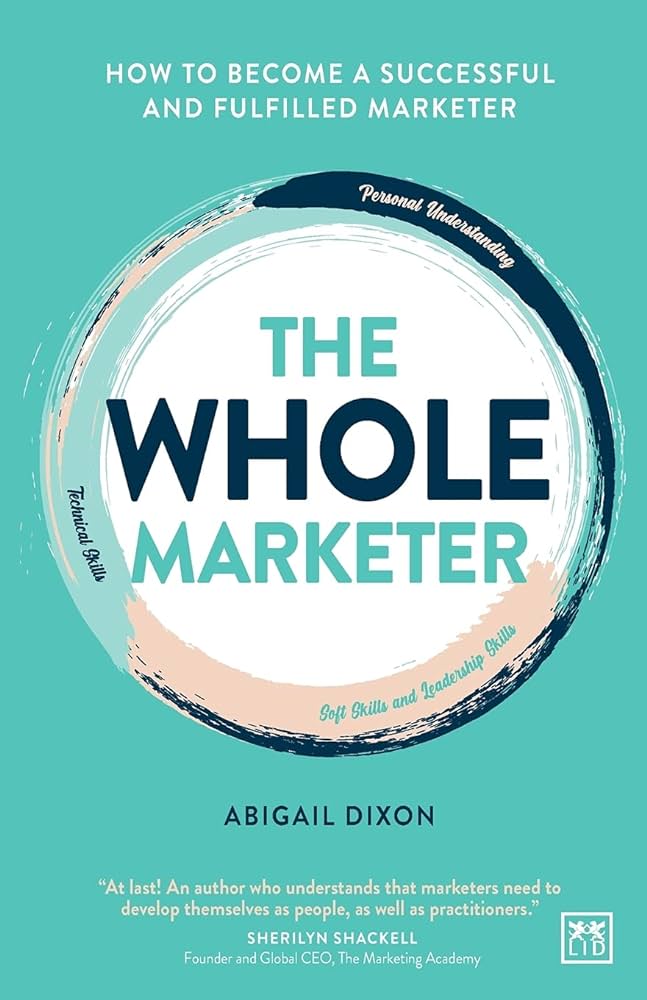
The whole Marketer book provides a great knowledge of the mounting demands that marketers need to face in the modern industry. It provides a detailed overview of the soft and leadership abilities required for you to lead teams and enterprises.
Empower your marketing journey with Abigail’s practical guide. This book is your roadmap for bridging skill gaps and achieving success. Packed with real-time insights and actionable tools, it unveils your potential and sets you on the path to marketing mastery. Abigail’s wealth of experience, from leading teams to training hundreds, equips you with the knowledge and techniques you need to thrive.
11. Play Bigger

While driving awareness is crucial to bringing products to market, the most daring marketers go beyond mere entry. They wield marketing as a tool for sculpting entirely new markets, carving out spaces where their offerings not only fit, but ignite demand and redefine expectations.
Play Bigger, by Al Ramadan, Dave Peterson, Christopher Lochhead, and Kevin Maney, is a book that teaches you how to create categories and dominate your industry.
Move beyond the endless battle for scraps. This book empowers you to become a market architect, crafting the category that perfectly aligns with your vision and claiming its crown as your own.
Are you tired of playing catch-up in a crowded marketplace ? Ditch the competition and become the pioneer. The future belongs to those who dare to define new categories, build thriving ecosystems around them, and rule the roost for years to come. Think Shopify for online stores, Google for searching the web, Twitch for live streaming. These companies didn’t just join the game; they created the entire playing field and became the undisputed kings.
These firms are sector leaders, and Play Bigger explains how to become a category creator.
This is an excellent book to read if you are a marketer for a rapidly developing firm or one that is looking to scale.
Conclusion
The ever-evolving landscape of digital marketing demands constant learning and adaptation. In 2024, staying ahead of the curve is crucial for maximizing your online presence and reaching your target audience. This list of the top 11 digital marketing books provides a treasure trove of insights, strategies, and practical tips to equip you for success.
Whether you’re a seasoned marketer seeking fresh perspectives or a newbie just starting your journey, these books offer something for everyone. From mastering social media mastery to crafting compelling content, optimizing conversions, and navigating the latest trends, each book delves into a specific area of expertise.
So, grab your reading glasses, pick a book that sparks your interest, and dive headfirst into the world of digital marketing. With these valuable resources at your fingertips, you’ll be well-equipped to navigate the ever-changing digital landscape and achieve your marketing goals in 2024 and beyond.
